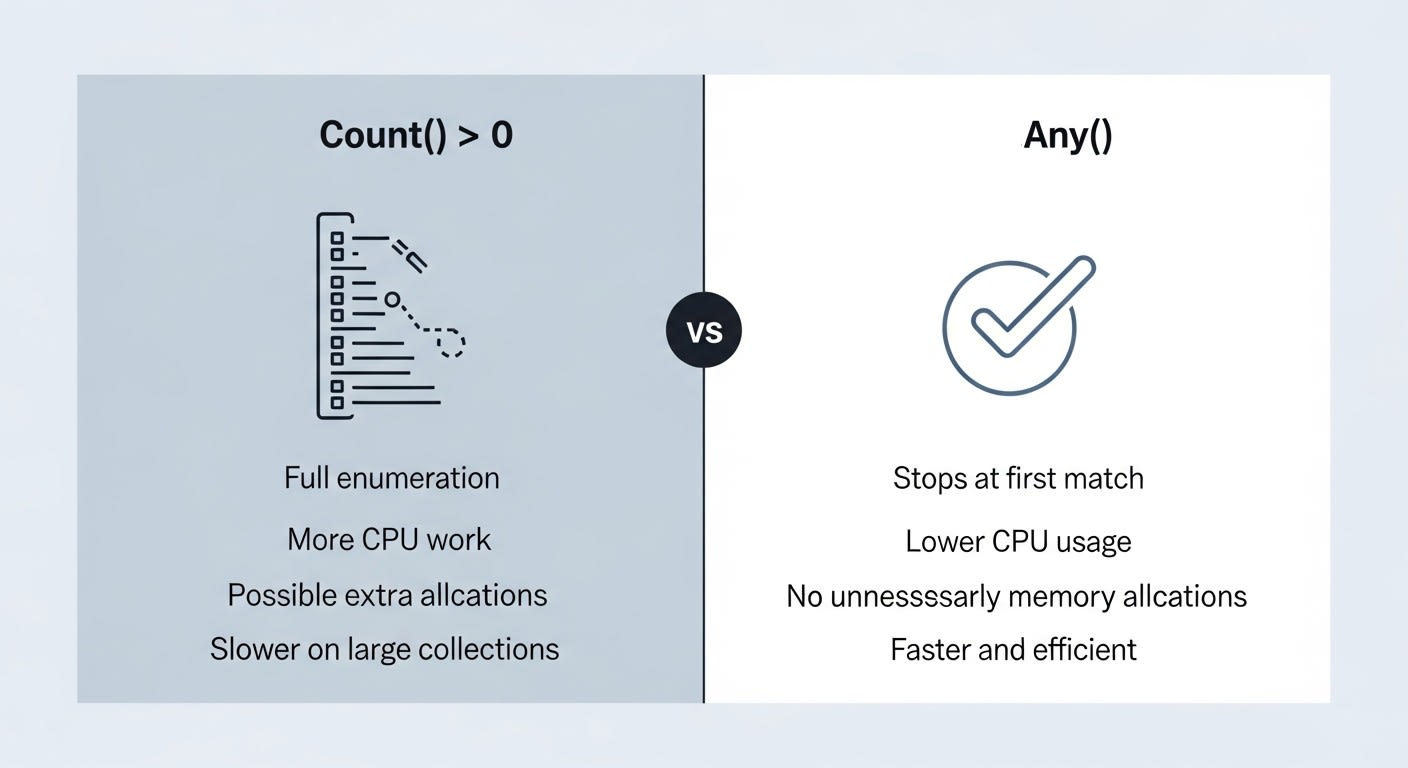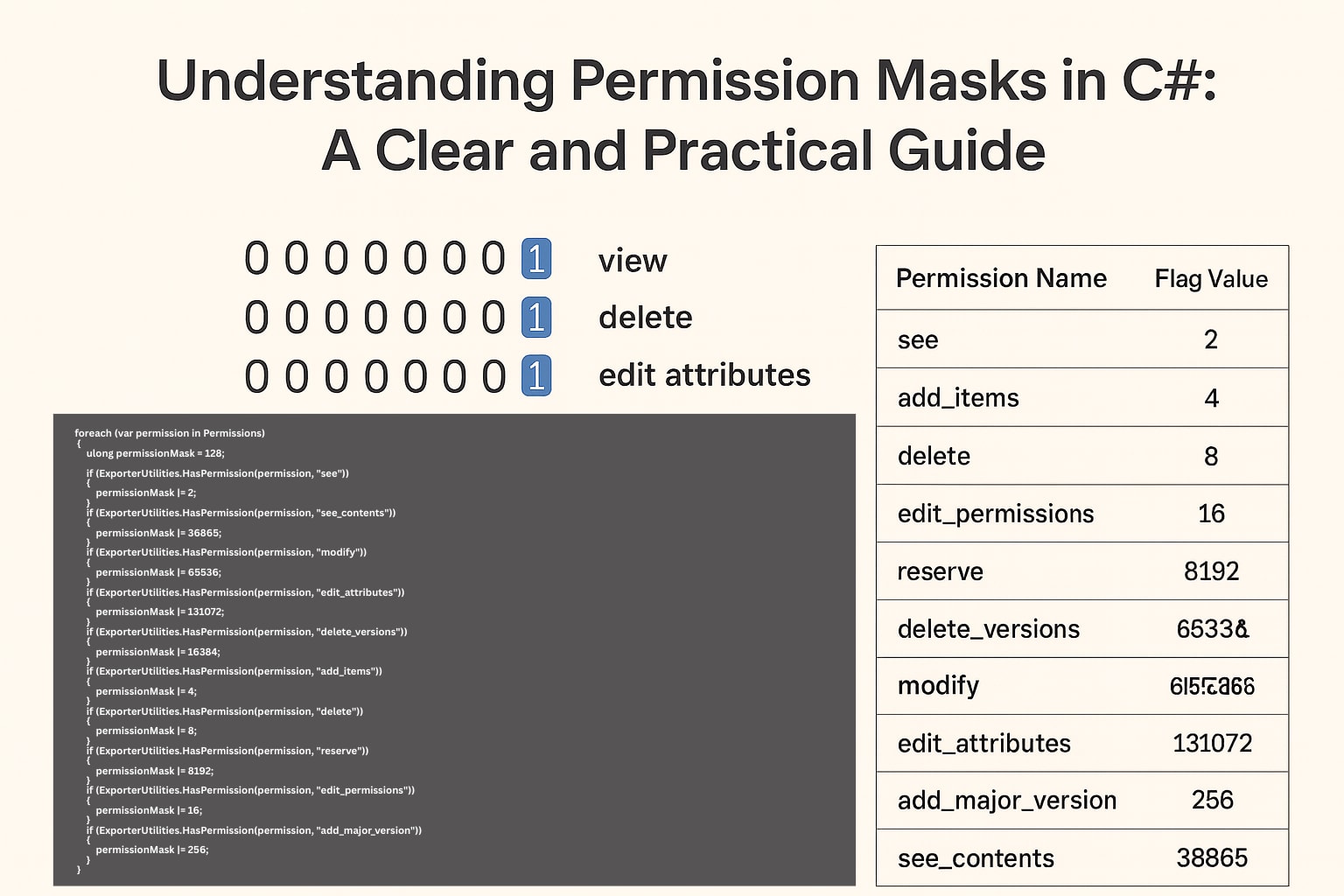Resolving Error 1053 in Windows: A Step-by-Step Guide
Encountering Error 1053 when working with Windows services can be frustrating, especially when the service won’t start or responds too slowly. This issue often happens when a service takes longer than expected to start or has permission problems. Let’s walk through a few simple steps we can take to resolve it.

⚠️ What Causes Error 1053?
Error 1053 can pop up for several reasons:
- 🕒 The service is taking too long to start (timeout).
- 🔒 The service account doesn’t have the right permissions.
- 🧩 Some necessary dependencies (like other services or files) are missing.
- 🛠️ The service’s executable is corrupted or misconfigured.
🧱 Step 1: Increase the Service Timeout Limit
By default, Windows gives a service 30 seconds to start. If it needs more time, we can increase this limit:
- 🪟 Press Win + R, type
regedit, and press Enter to open the Registry Editor. - 📂 Navigate to:
HKEY_LOCAL_MACHINE\SYSTEM\CurrentControlSet\Control - ➕ Right-click the Control folder, choose New > DWORD (32-bit) Value, and name it
ServicesPipeTimeout. - ✍️ Double-click the new entry and set the value to 60000 (which equals 60 seconds in milliseconds).
- 🔁 Restart your computer to apply the change.
🔐 Step 2: Check Service Account Permissions
If the service account doesn’t have the necessary permissions, the service might fail to start. Here’s how to check:
- ⚙️ Open the Services app (press Win + R, type
services.msc). - 📌 Right-click the service that’s causing the issue and select Properties.
- 👤 Go to the Log On tab and ensure the account (like Local System Account) has full access to the service’s executable and related files.
🔗 Step 3: Check for Missing Service Dependencies
Sometimes, a service can’t start because it’s missing required dependencies. Let’s verify:
- ⚙️ In the Services window, right-click the affected service and select Properties.
- 🧷 Go to the Dependencies tab and make sure all listed services are running.
- ▶️ If any are stopped, start them manually, then try restarting the original service.
🧹 Step 4: Scan for Corrupted System Files
Corrupted system files can disrupt services. Let’s fix them:
- 💻 Open Command Prompt as Administrator.
- 🔍 Type
sfc /scannowand press Enter to scan and repair system files. - 🔁 Once the scan finishes, restart your computer and check if the service works again.
🛠️ Step 5: Reinstall or Repair the Service
If the service executable is damaged, reinstalling it might solve the problem:
- ❌ Uninstall the service using its installer or through Command Prompt with:
sc delete [ServiceName] - 📦 Reinstall the service, ensuring that permissions and dependencies are properly configured.
🧪 Still Having Trouble?
If you’re still seeing Error 1053, there are a couple of things we can try:
- 📄 Check the Event Viewer for detailed error logs (Event Viewer > Windows Logs > System).
- 🖥️ Test the service on a different machine to rule out configuration issues.
- 🤝 Reach out to the service provider’s support team for more help.
✅ Wrapping Up
While Error 1053 can be a bit of a headache, following these simple steps should help us get things back on track. Be patient and methodical—sometimes, system updates or conflicts with third-party software might also be the culprit. If the issue is more complex, Microsoft’s official resources or developer forums like Stack Overflow are great places to find additional help. Happy troubleshooting! 🛠️




Leave a comment